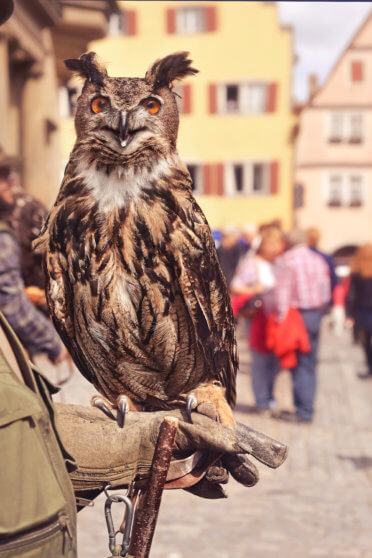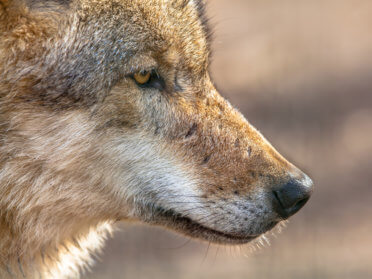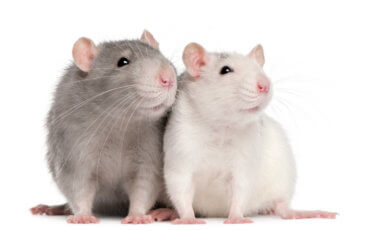Hairy, poisonous, slimey, or scaley – How real “monsters” have a positive impact on our ecosystem.

OWL
SCIENTIFIC NAME: Tytonidae (barn-owls) and Strigidae (true owls)
CLASSIFICATION: Bird
DIET: Carnivore
SIZE: Varies depending on the species; anywhere from 1 to 9 pounds
AVERAGE LIFESPAN: 4 years (barn owls)
Legends and myths regarding the fierce qualities of an owl have left some individuals frightened. There are approximately 200 different kinds of owl species and they are all nocturnal, being a symbol of the night. They are farsighted, meaning they cannot easily see things close to their face. But that does not stop them from being wise and sly, as they can turn their head 270 degrees. Due to the velvety feathers of an owl, they are nearly silent when they fly. Their powerful talons and subtleness are perfect for hunting prey like rodents, mammals, and other birds. This quality is essential in our ecosystem as it helps to reduce the infestation of rodents.

GRAY WOLF
SCIENTIFIC NAME: Canis Lupus
CLASSIFICATION: Mammal
DIET: Carnivore
SIZE: Head and body: 36 to 63 inches; tail: 13 to 20 inches; weight: 40 to 175 pounds
AVERAGE LIFESPAN: 6 to 8 years
The legend of the werewolf has been passed along for many centuries, giving the gray wolf a spooky reputation. Their thrilling howl is used to communicate with one another in the wilderness to either get the attention of another pack or as a territorial warning message. Wolves are the largest members of the dog family and though they do not attack humans, they are considered one of the world’s most fearsome animals. There are many reasons why we need the gray wolf in our ecosystem, for example, when they went extinct in Yellowstone the moose population grew five times the normal size. This took over the ecosystem of many bird species, which could have been prevented with the help of the gray wolf.
RAT

SCIENTIFIC NAME: Rattus
CLASSIFICATION: Mammal
DIET: Omnivore
SIZE: Approximately 0.5 pounds
AVERAGE LIFESPAN: 2 years
They are everywhere – rats have adapted to us over many years and thrive off of human existence. Climbing through sewer pipes, getting into trash, and spreading disease, these rodents are not typically thought of as the cute and cuddly. Having a reputation of being filthy and sneaky, these rodents have been despised by humans for quite some time. But do these little “monsters” really deserve this harsh reputation? Although it is dangerous to approach a rat, they are said to be highly emotional, affectionate, and clever creatures. Rats are infesting parts of our ecosystem everyday, but it plays a big role in prompting tree growth around the world by the spreading of seeds. Rats will sometimes store seeds in underground habitats, only to never return and the seeds then become new vegetation.









